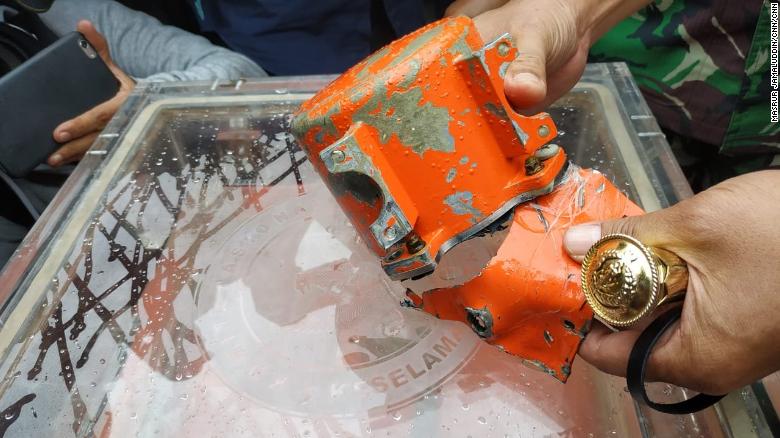The cockpit voice recorder from a Lion Air Boeing 737 MAX 8 that crashed shortly after taking off from Jakarta contained two hours of content and the data has been transcribed, according to Indonesian media.
The CVR was retrieved by the Indonesian navy in thick mud on January 14 and is expected to provide further insight into the actions of the crew in the minutes leading up to the October 29 crash.
All 189 passengers and crew flying from Jakarta’s Soekarno-Hatta International airport to Pangkal Pinang died when the aircraft plunged into the sea.
Indonesian news reports quoted the head of Indonesia’s National Transportation Safety Committee, Soerjanto Tjahjono, as saying investigators were able to download the content after two and half days and had transcribed it.
Soerjanto said the voice was “clean and clear” and content included the two hours prior to the accident, according to Tribunnews.com.
He said investigators had to listen repeatedly and apply certain techniques so that the sound could be heard.
Indonesian authorities had already recovered the flight data recorder and issued a preliminary report on the fatal crash in November.
A final report is expected in September but authorities could issue another interim report or make recommendations if they uncover something that threatens wider aviation safety.
The CVR is expected to give further insight into how the flight crew reacted to the sequence of events leading up to the crash and specifically to problems with the aircraft’s angle of attack sensors and stabilizer trim system.
As well as conversation from the crew, investigators can also listen to background noises on the tape to potentially gain further insight into what happened.
However, Reuters reports that the CVR conversation will not be released till the final report due in September.
A crew the previous night experienced similar problems but landed safely after shutting down the automatic trim system according to procedures.
However, the crew on the fatal flight appeared to fight the system until the end.
A lawsuit has been filed on behalf of the co-pilot against manufacturer Boeing and lawyers said after the CVR was found that they hoped to review the new information.
The lawsuits alleges that the aircraft’s sensors provided inaccurate information to the flight control system, improperly activating an anti-stall system that ultimately caused the aircraft to nose-dive into the ocean. It also claims Boeing failed to provide proper training to pilots regarding the 737 Max 8’s features.
A new addition to the MAX was a flight control law known as the Maneuvering Characteristics Augmentation System (MCAS).
MCAS was software introduced to take into account differences between the 737 MAX and its predecessor — such as the MAX’s greater power and different center of gravity — and ensure the new planes react to an aerodynamic stall in a manner consistent with their older counterparts.
The introduction of the software, which incrementally pushes down the nose in a stall, sparked controversy among pilots and some argued Boeing should have provided more information and training on the change.
Others contended the problems experienced by the Lion Air pilots were covered by long-standing procedures to deactivate a runaway stabilizer trim regardless of the cause.
READ The facts, the questions and the fiction of the Lion Air tragedy.
There have also been claims of maintenance lapses. The Wall Street Journal over Christmas reported that investigators had made a preliminary conclusion that the improper calibration of an angle attack sensor had touched off the sequence of events that led to the crash.
Lion Air has denied the maintenance claims.
























